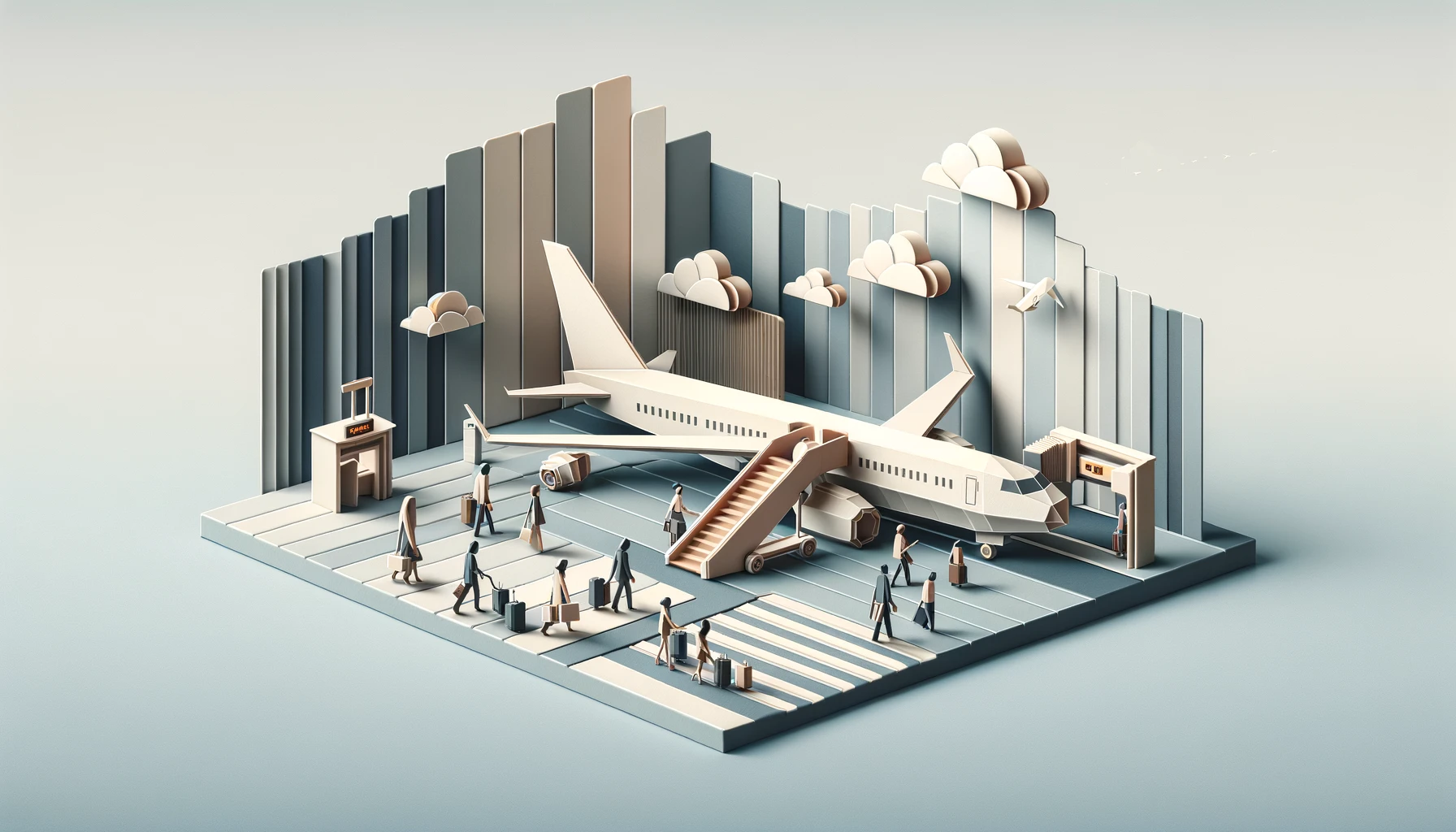Images of luxury travel with free multi-course meals makes the notion of returning to the “golden age of air travel” an attractive one. This is especially true when compared to the status quo for economy travelers with cramped seating and limited snack options. However, nostalgia for the “good old days,” with free and plentiful amenities is misleading and ignores the vast improvements that have been made since airline deregulation.
The narrative that the golden age of air travel, roughly occurring from the 1950s to the 1970s, was better than the present and that deregulation led to a decline in the quality of air travel derives from the faded images of free services. Full meals, free alcohol, and other luxuries were once part of the flying experience.
In policy debates, there is a growing yearning for a return to this bygone era due to the annoyances of modern air travel such as flight delays, layovers, and cramped seating. Increasingly, some people believe that abandoning tight government control over the industry was a mistake that needs correcting.
The catch, however, is that air travel was historically only available to the rich and out of reach for everyone else. Even the cheapest 1955 airline ticket from New York to Paris cost more than $2,600 in 2014 dollars. This high cost was the result of government regulations that prevented airlines from setting their own fares and routes.
The inability to compete on prices led companies to compete where they could, which was on certain amenities, such as the inflight luxuries offered and the adoption of new, more advanced, aircraft.
Intrastate airlines that were not subject to federal regulations — because they did not cross state lines — had lower fares, leading proponents of deregulation to argue for a similar approach at the national level.
The United States Airlines Deregulation Act of 1978 removed many government restrictions on fares and routes, and the industry changed radically. Airlines were suddenly allowed to compete with one another on prices, and consumers benefited. This took a variety of forms, such as selling unfilled seats at a discount that would not have been possible under the previous regulations and adding more seats to planes to increase efficiency in transporting more people.
Between 1976 and 1990 alone, the average price per ticket declined by 30 percent. By 1990, around 90 percent of all airline ticket sales were at some kind of discounted rate. In addition, since 1995, the national average inflation-adjusted price of airfare has declined by 34.7 percent in 2023 dollars, and airlines continue to find new ways to cut costs and pass savings onto consumers.
Deregulation opened the market up to people who would never have had access during the supposed golden age of air travel. Ultimately, market forces made air travel, which was previously a luxury for the few, into an everyday form of transportation for the many.
The Economic Standard article is here.
Trey Price is a policy analyst with the American Consumer Institute, a nonprofit education and research organization. For more information about the Institute, visit us at www.TheAmericanConsumer.Org or follow us on X @ConsumerPal.

